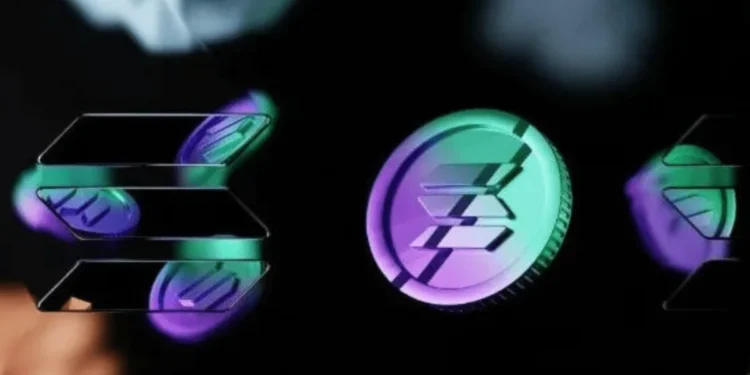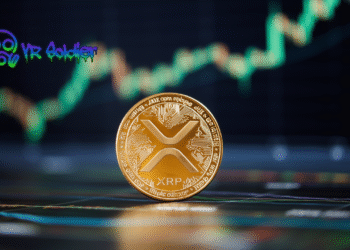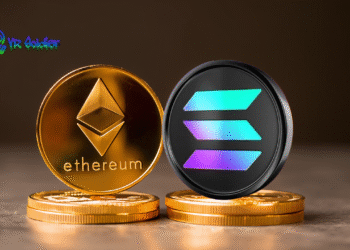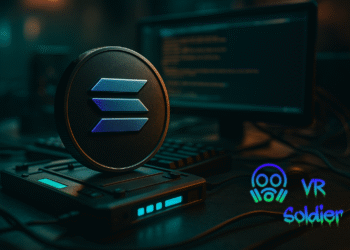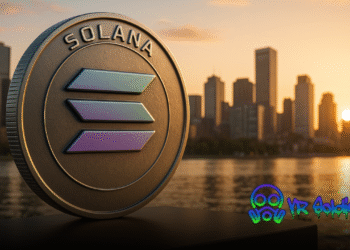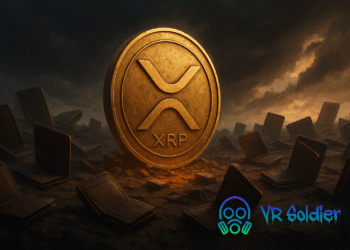Solana is an open-source blockchain platform that focuses on scalability, speed and security while keeping transaction costs low. Blockchain architecture facilitates the creation of smart contracts and decentralized applications. The network throughput can reach 710,000 transactions per second (TPS), according to the project white paper.
Due to its accessibility, Solana is popular among users in the DeFi sector. In December 2023, analysts estimated that the number of active addresses on the network exceeded 15.6 million. However, the total value of funds locked in smart contracts (TVL) of the project exceeded $1.3 billion as of January 4, 2024, according to DeFiLlama. Thus, at the time of writing, Solana is among the top 5 blockchains by indicator. In this article we will discuss how the popular open-source works in depth.
How Does the Solana Protocol Work?
Before we figure out how Solana works, let’s look at the technologies that support the operational operation of the network:
- Proof-of-History blockchain synchronization concept;
- Tower BFT is an optimized version of the PBFT algorithm ;
- Turbine is a block data transmission mechanism for broadcasting records to all nodes;
- Gulf Stream is a transaction transfer protocol without a mempool;
- Sealevel – parallel execution of smart contracts ;
- Pipelining – transaction processing to optimize the block confirmation process;
- Cloudbreak – horizontally scalable account base;
- Archivers is a distributed registry storage.
The main feature of Solana is PoH technology, which functions as a cryptographic clock. Typically, to validate transactions, nodes need to communicate with each other to calculate timestamps and confirm the transaction. Moreover, the speed of transaction processing depends on the speed of node synchronization.
Consensus Algorithm
Solana is based on a hybrid consensus algorithm: Delegated Proof-of-Stake (DPoS) together with a Proof-of-History (PoH) synchronization mechanism. PoS allows validators to verify transactions and receive rewards, while PoH keeps a so-called digital record of events that occur at a certain point in time. Network synchronization works in such a way that nodes do not need to communicate with each other to reach consensus.
Solana: Staking, DeFi, and DEX Highlights
Staking
Since the Solana protocol runs on DPoS, validators block SOL to provide a consensus mechanism. There is no strict requirement for the number of coins to run a node, but the cost of confirming blocks can cost up to 1.1 SOL per day. However, to participate in the project as a validator, your need some powerful equipment. Also, DPoS allows you to delegate assets, that is, transfer them under the control of a validator.
Profit from staking depends on many factors, including inflation and the total number of “frozen” coins in the network. You can withdraw digital assets at any time, but this process takes about three days.
| Note: According to Staking Rewards, Solana is the second most popular staking platform, behind only Ethereum. |
As of January 8, 2024, approximately 378.5 million SOL are locked in the protocol’s deposit contract. Solana’s annual staking yield (APY) is 7.2%.
The Solana ecosystem also includes liquid staking services like Lido Finance, Marinade and Jito. They issue tokens to replace the locked cryptocurrency. Assets can be used in DeFi applications.
Terms and APY vary depending on the project:
Lido Finance – Lido DAO participants select validators and decide how much cryptocurrency to delegate to them. As a rule, coins are transferred to validators who are long-time partners of the project. Annual percentage return from staking is 7.5%, according to Solana Compass
Marinade
The project team evaluates the decentralization and performance of validators on its own scale and selects the 100 best. 60% is delegated to them, on the other hand, the remaining 40% is distributed according to the results of the community vote. APY is 6.6%; Jito – to interact with the project, validators need to apply through the Jito Foundation. The project promises its clients 7% APY.
Landing
There are several landing protocols in the Solana ecosystem. The largest of them:
-Solend is a landing protocol with the SLND utility token. It occupies a leading position in its niche with TVL of more than $175.1 million as of January 9, 2024. Users can transact with a variety of assets, including stablecoins and meme tokens;
-Mango Markets, and it suffered $100 million worth of reputational damage after the platform was hacked. At the time of writing, a little more than $10 million was blocked in the project’s smart contracts.
DEX
Solana also runs decentralized exchanges. According to DeFiLlama, the leaders in the segment are Raydium (TVL $124.5) and Orca (TVL $179.4 million).
DEX tools include swaps and yield farming. Users can also provide liquidity and earn money from it.

